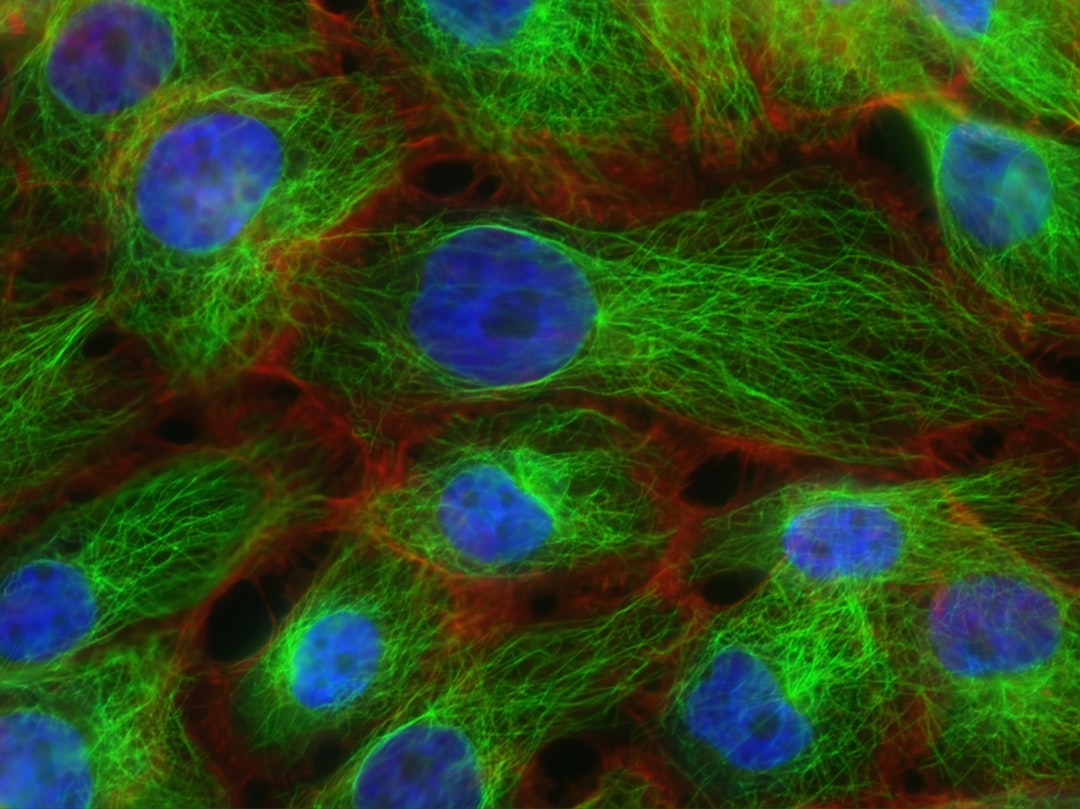What is it about?
Organisms that tolerate high amount of salt are increasingly being used for the industrial production of high-value biomolecules due to their better adaptability compared to bacteria that live in normal environment. Chromohalobacter canadensis is one of the early salt loving organisms to show promising biotechnology potential, which has not been explored to date. Advanced efficient technologies such as whole-genome sequencing allow in-depth insight into the potential of organisms while at the frontiers of systems biology. At the same time, machine learning methods such as genome-scale metabolic models (GEMs) enable phenotype predictions through a mechanistic representation of metabolism. We here sequence and analyze the genome of C. canadensis 85B, and we use it to reconstruct a GEM. We then analyze the GEM using an algorithm known as flux balance analysis and validate it against data from other research on C. canadensis. We show that C. canadensis 85B is a metabolically versatile organism with many features for stress and adaptation to high salt environment. Pathways to produce highly important products such as ectoine and bioplastics (polyhydroxybutyrates) were also predicted. The GEM reveals the ability to grow on several nutritional carbon sources in a minimal medium and reproduce osmoadaptation phenotypes. Overall, this study reveals insights from the genome of C. canadensis 85B, providing genomic data and a draft GEM that will serve as the first steps towards a better understanding of its metabolism, for novel applications in industrial biotechnology.
Featured Image

Photo by Sangharsh Lohakare on Unsplash
Why is it important?
This work provides a machine learning framework to model the behavior of bacteria that love very salty environment. The model can be used further to increase the production of important products like ectoine or bioplastics in C. canadensis bacteria. It can also help understand how salt loving bacteria are different from each other.
Perspectives
The outcomes in this research will encourage research efforts and innovation towards producing bioplastics cheaper and more efficiently.
Blaise Enuh
Eskisehir Osmangazi Universitesi
Read the Original
This page is a summary of: Whole‐genome sequencing and genome‐scale metabolic modeling of
Chromohalobacter canadensis
85B to explore its salt tolerance and biotechnological use, MicrobiologyOpen, October 2022, Wiley,
DOI: 10.1002/mbo3.1328.
You can read the full text:
Resources
Contributors
The following have contributed to this page










